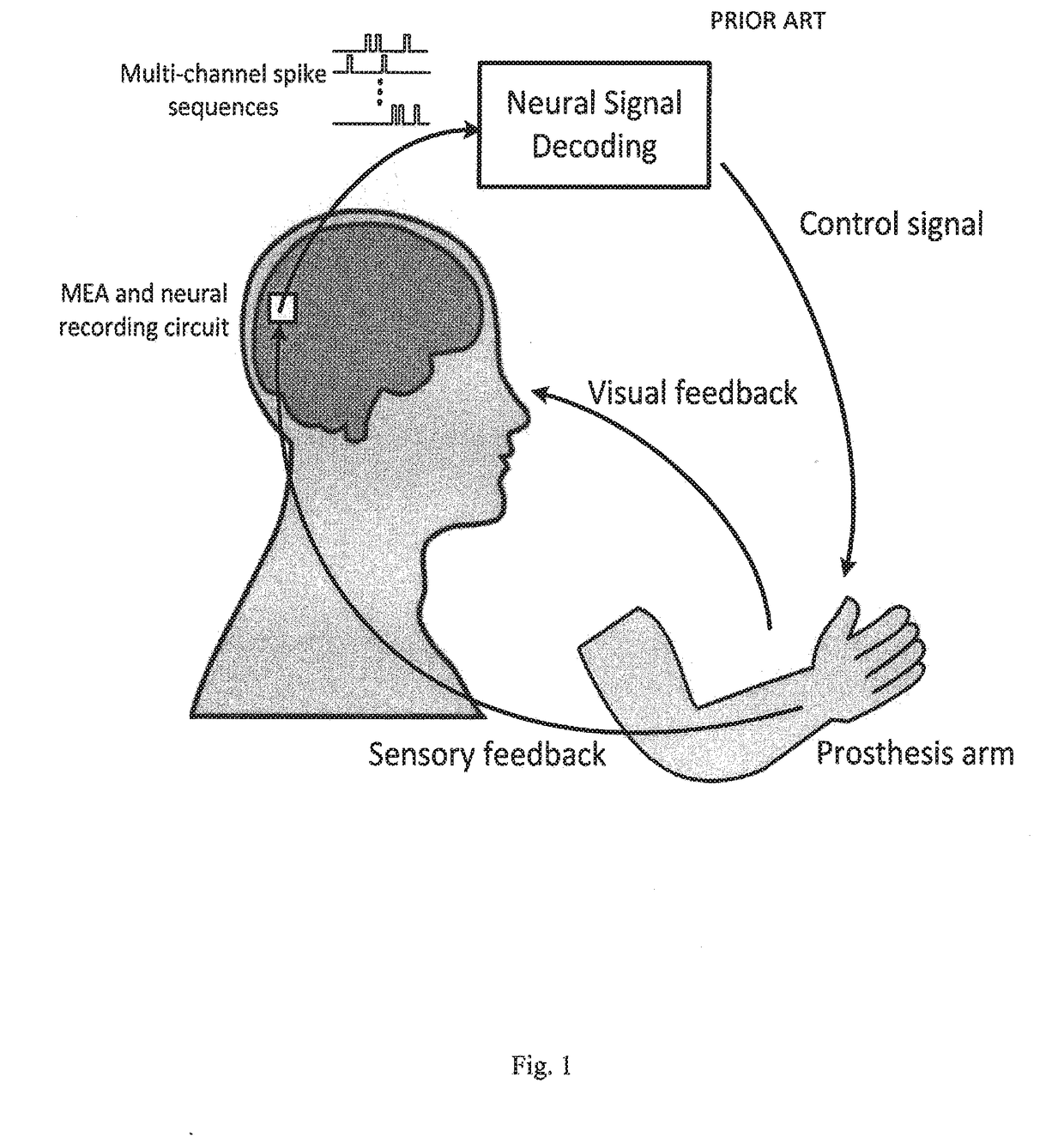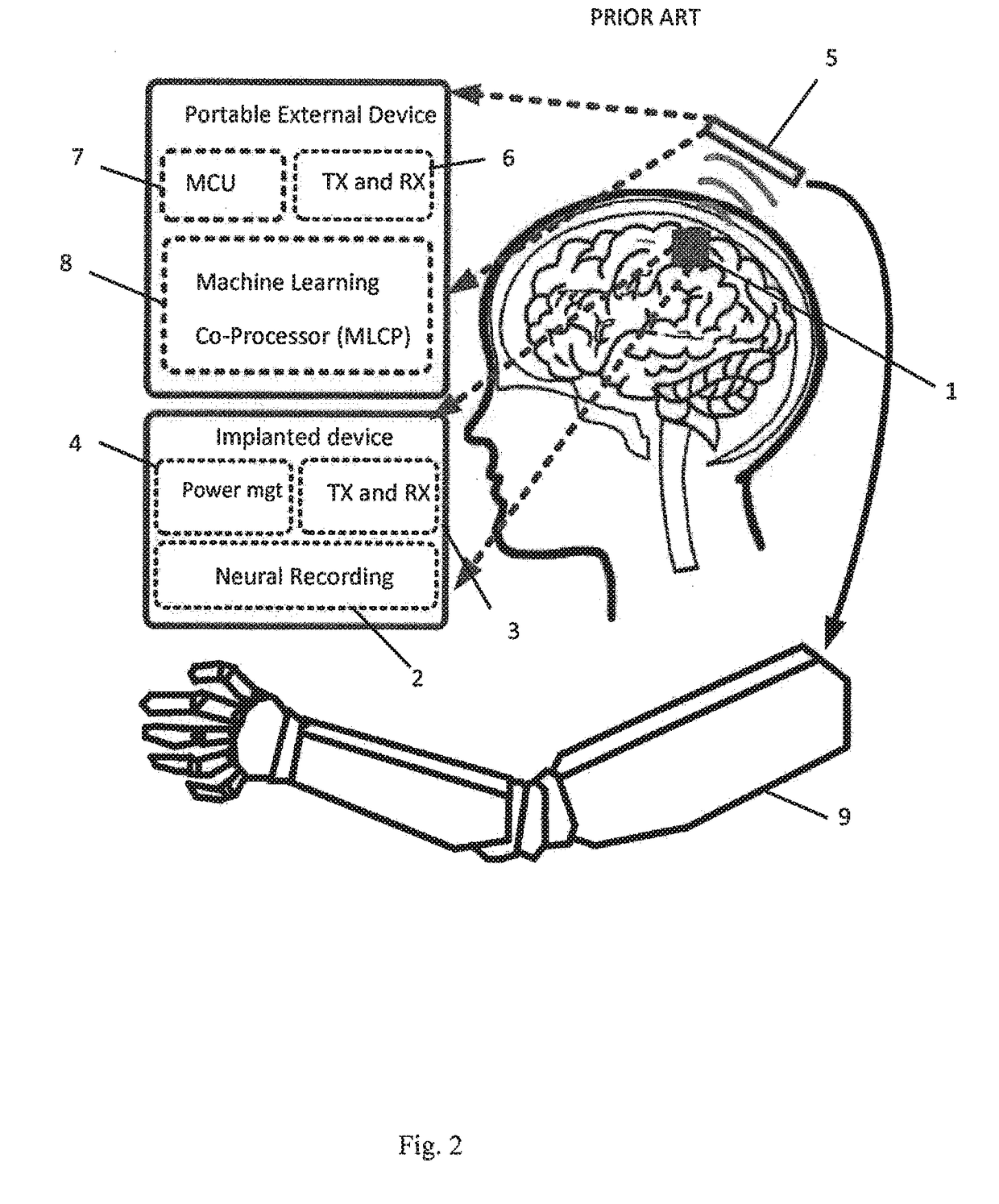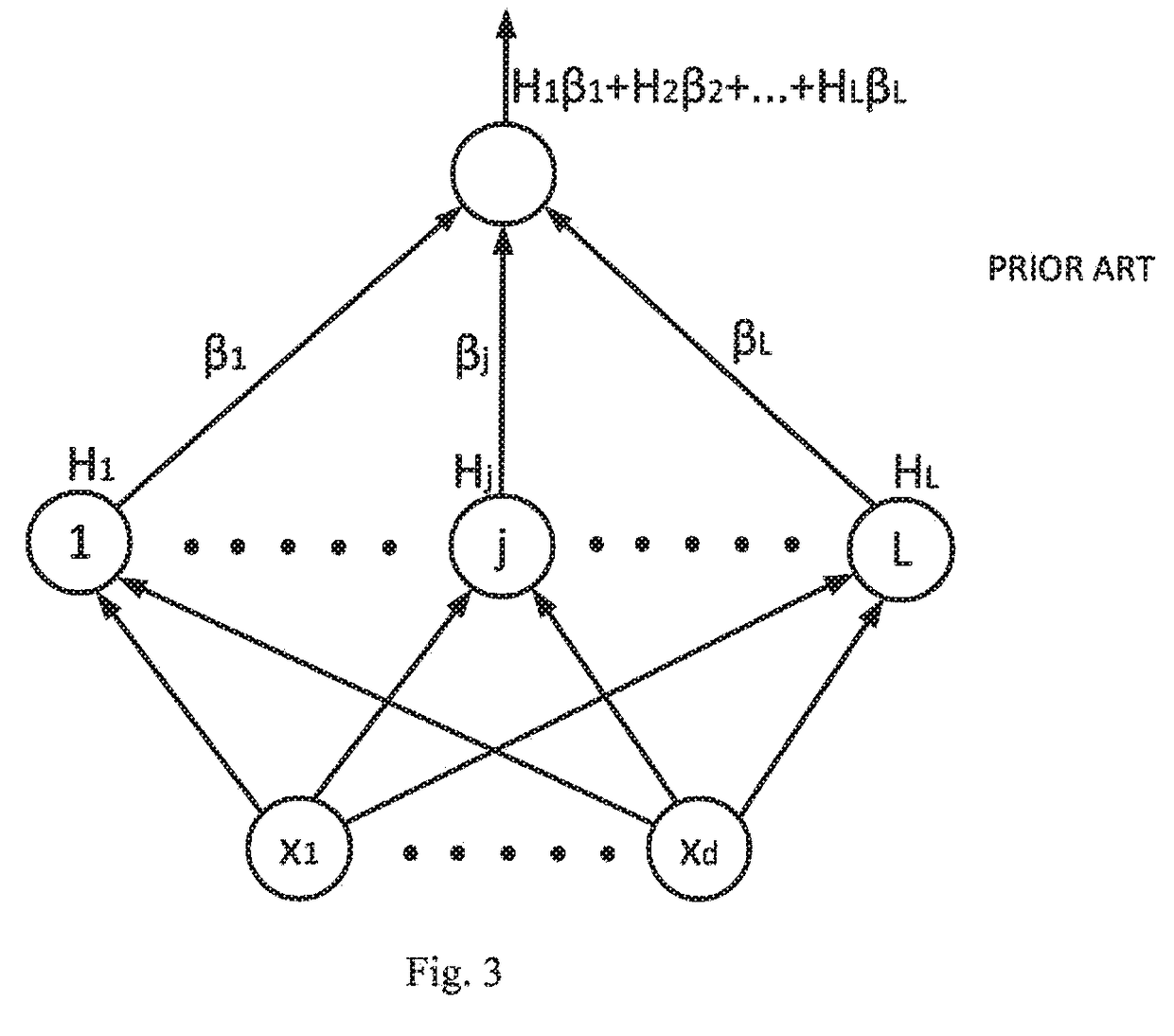Computer system incorporating an adaptive model and methods for training the adaptive model
a computer system and model technology, applied in the field of computer systems, can solve problems such as a big challenge to hardware implementation, and achieve the effects of improving classification performance, reducing the number of computational operations (macs), and expanding the capacity
- Summary
- Abstract
- Description
- Claims
- Application Information
AI Technical Summary
Benefits of technology
Problems solved by technology
Method used
Image
Examples
Embodiment Construction
[0073]We now describe an embodiment of the invention having various features as described below. The embodiment has the general form illustrated in FIG. 4, but includes four enhanced features, as described below. As described below, other embodiments of the invention may use any combination of these features. Experimental results are supplied from four embodiments which use respective ones of the features.
[0074]1. Re-Use of Input Weights
[0075]The embodiment has the same overall form as described above for the known VLSI random projection network: that is the structure of FIG. 4 followed by an adaptive output layer which receives the results of the counters. The difference between the embodiment and the known system resides in the construction of the decoder 10, and the interface from the hidden neurons to the output layer. As explained below, these are capable of performing a cyclic permutation. Note that in the experimental results reported below, that cyclic permutation was perfor...
PUM
 Login to View More
Login to View More Abstract
Description
Claims
Application Information
 Login to View More
Login to View More - R&D
- Intellectual Property
- Life Sciences
- Materials
- Tech Scout
- Unparalleled Data Quality
- Higher Quality Content
- 60% Fewer Hallucinations
Browse by: Latest US Patents, China's latest patents, Technical Efficacy Thesaurus, Application Domain, Technology Topic, Popular Technical Reports.
© 2025 PatSnap. All rights reserved.Legal|Privacy policy|Modern Slavery Act Transparency Statement|Sitemap|About US| Contact US: help@patsnap.com



